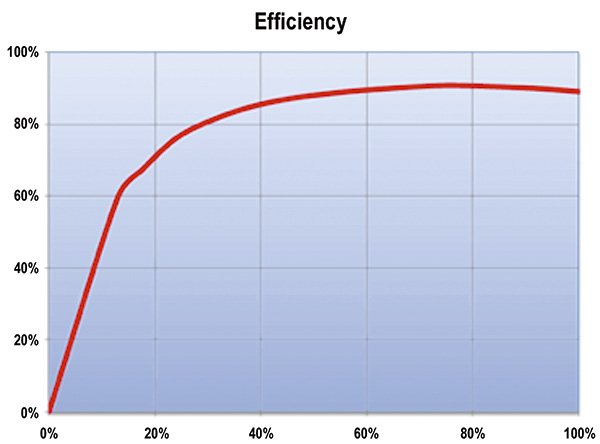bkp_duke
Well-Known Member
Unless you are racing I'd think heat dissipation is minimal in a 90%+ system. How much power is required to keep a vehicle moving at say 65 mph? Low speed stop and go will not be creating that much heat either. And how does any of this change the small single digit potential efficiency improvements which could in no way magically allow a poor battery density chemistry to be applied?
You have to dissipate that heat regardless, racing or not. You discharge 100kwh from the pack, you dissipate as heat any of that which was not used for motion. The only difference in racing is that you have to dissipate it faster. Brake rotor heating aside, which is different in these scenarios, the same amount of heat is dissipated, just over a much shorter time during racing.




